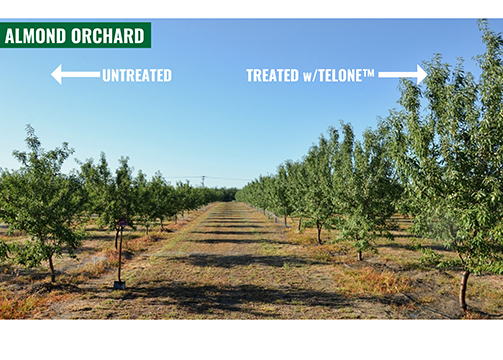Tips To Prevent Heat-Related Illness
When outdoor temperatures rise, agricultural employers are required to ensure their employees are informed of the dangers of working in the heat and to ensure adequate measures are in place to prevent and respond to heat-related illnesses. All training must be provided to employees and supervisors, in a language the employee or supervisor understands, prior to outdoor work which exceeds a temperature listed in the following table, and at least annually thereafter. Here are some tips gathered by the Washington Growers League to help growers and workers recognize symptoms of heat stress early.
Heat-related illness occurs in a hot environment when a worker’s body cannot cool quickly enough. Heat rash, heat cramps, fainting, heat exhaustion and heat stroke are common heat-related illnesses. The two most serious forms of heat-related illness are heat exhaustion and heat stroke. Heat exhaustion is a serious medical condition that can progress to life-threatening heat stroke.
Heat Exhaustion
Heat exhaustion symptoms include:
- Heavy sweating;
- Exhaustion or weakness;
- Fainting or light-headedness;
- Paleness;
- Headache;
- Clumsiness or dizziness;
- Nausea or vomiting; and
- Irritability.
Heat exhaustion cooling techniques:
- Move the worker to a cool, shaded area to rest and do not leave the worker alone;
- Loosen and remove heavy clothing that restricts evaporative cooling;
- Give cool water to drink, about a cup every 15 minutes;
- Fan the worker, spray with cool water, or apply a wet cloth to the worker’s skin to increase evaporative cooling;
- Call 911 if the worker does not feel better in a few minutes. Recovery should be rapid.
Heat Stroke
Heat stroke symptoms include:
- Any symptom of heat exhaustion, but more severe;
- Sweating may or may not be present;
- Red or flushed, hot, dry skin;
- Confusion I bizarre behavior;
Convulsions before or during cooling; - Collapse;
- Panting or rapid breathing;
- Rapid, weak pulse;
- May resemble a heart attack.
Heat stroke cooling techniques:
- Call 911, heat stroke is a medical emergency;
- Move the worker to a cool, shaded area and remove clothing that restricts cooling;
- Cool the worker rapidly using whatever methods available, such as immersing the worker in a tub of cool water, placing the worker in a cool shower, or spraying the worker with cool water and fanning vigorously;
- Continue cooling until medical help arrives;
- If emergency medical personnel are delayed, call the hospital emergency room for further instructions;
- Do not give the worker water to drink unless instructed by medical personnel.
Preventing Heat-Related Illness
Farm owners, managers, and supervisors need to be aware of the times when heat-related illness is likely to occur- especially early in the season when hot weather comes on suddenly and workers have not acclimated (adapted) to the heat, during extremely hot conditions (usually above 95° F), or when employees are wearing personal protective equipment in warm weather.
Employers are required to encourage workers to frequently drink small amounts of water to stay hydrated. One quart or more per hour may be needed when high heat causes workers to sweat more than usual. During very hot weather employers should schedule heavy work for cooler hours, provide shade for workers during rest breaks (if possible}, and increase the number of rest breaks, if necessary.
Employees should also be encouraged to wear wide-brimmed hats and loose-fitting, light-colored clothing made of natural fiber — such as cotton.
Acclimating To The Heat
When workers are not used to hot weather they need to adjust (acclimate) to hot working conditions over a few days. In severe heat, workers should gradually build up exposure time, especially if the work is strenuous.










